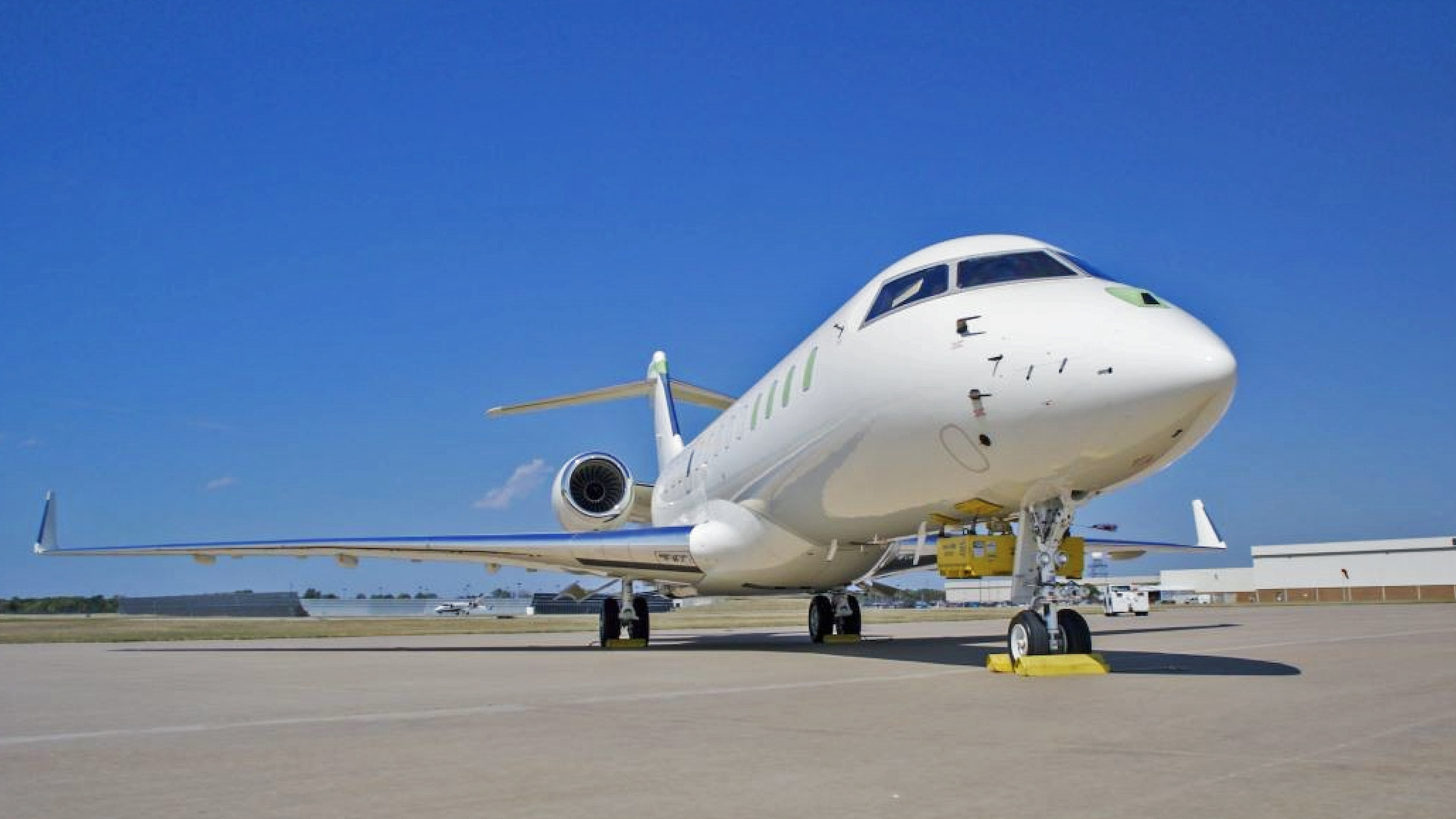The U.S. Army has received the first of its new High Accuracy Detection and Exploitation System (HADES) aircraft, based on the Bombardier Global 6500 bizjet. Set to supersede a varied fleet of turboprop intelligence, surveillance, and reconnaissance (ISR) platforms, HADES will fly higher, faster, and farther, and for longer periods, while carrying a bigger sensor payload. Before that happens, though, the first aircraft will need to be outfitted with its mission system and sensors — a process currently on hiatus after a protest over the contract award.
The first HADES aircraft was formally handed over today at the Bombardier Defense facility in Wichita, Kansas, in a ceremony attended by the company’s vice president, Steve Patrick, as well as Army Lt. Gen. Anthony Hale, Deputy Chief of Staff for Intelligence, or G-2, and Andrew Evans, HQDA G-2’s ISR Task Force Director.
Speaking at the handover today, Evans said: “We are proud of the partnership with Bombardier Defense and the mission-focused professionals in the State of Kansas. We remain excited about the opportunities we can unlock by pairing the performance, versatility, and reliability of the Global 6500 with modern payloads aligned to priority intelligence requirements. HADES is the centerpiece of the Army’s collection strategy, and the Global 6500 is the system that brings that strategy to life. This aircraft gives us the range, payload capacity, speed, and endurance to deliver timely, relevant, and responsive capabilities for the full spectrum of Army and Joint collection requirements.”
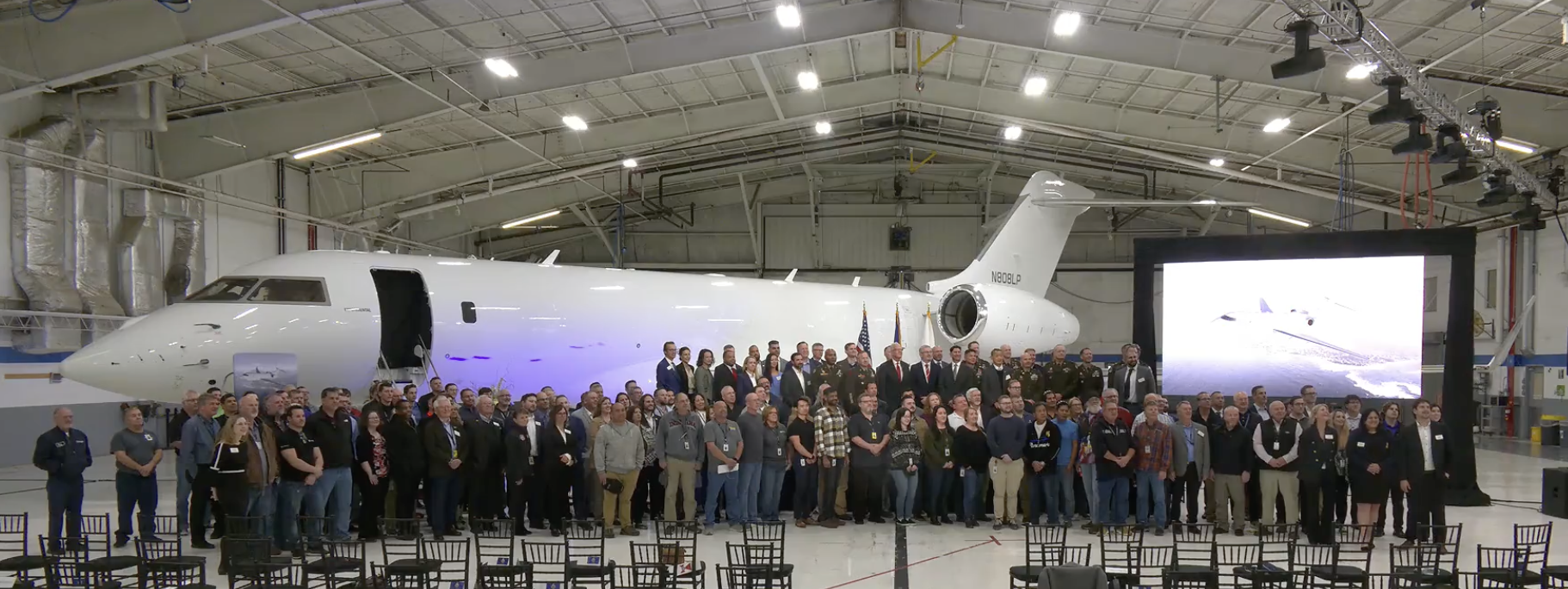
Integration work on the HADES aircraft is being undertaken by Sierra Nevada Corporation (SNC), under an initial $93.5-million contract, although this could eventually rise to $991.3 million over 12 years. It’s also not clear how many HADES aircraft will be completed, although the Army has mentioned plans to buy a fleet of at least 14 jets, and potentially as many as 16.
“HADES is the centerpiece of the Army’s long-promised aerial ISR transformation strategy,” Hale said in August of this year when SNC was named as the lead system integrator. “HADES allows the Army to fly higher, faster, and farther, which directly impacts our ability to see and sense deeper, delivering an organic capability in line with the Secretary of the Army’s number-one operational imperative — deep sensing.”
As Hale referenced, the Global 6500’s range and speed performance will allow it to transit faster to farther-flung operating areas and, once there, to remain on station longer, or switch to other taskings. As we have discussed before, this could be especially relevant for future contingencies in the Pacific theater.
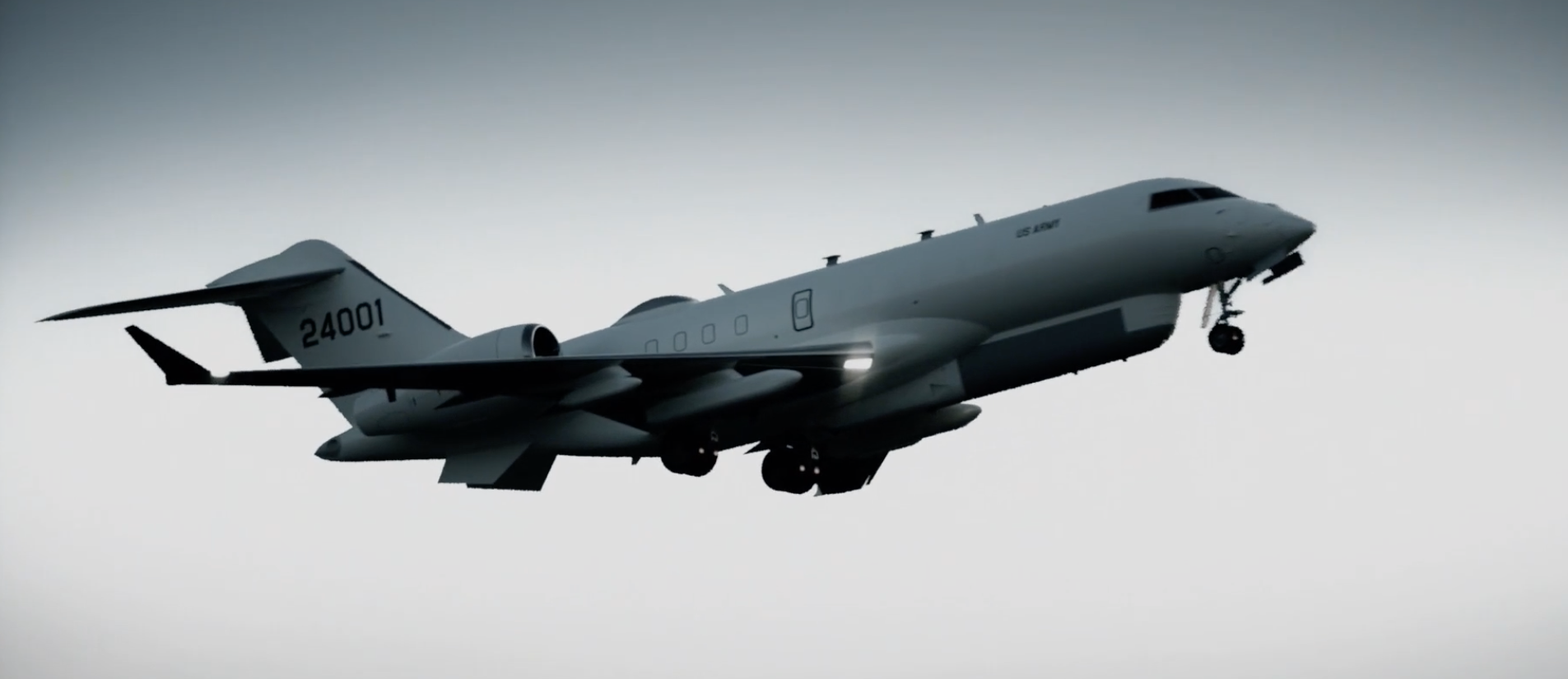
Thanks to its high-altitude performance, the sensors on board the HADES are also able to ‘see’ further thanks to increased lines of sight.
All in all, putting these sensors and capabilities on a modern bizjet platform should help to make it less vulnerable and effective, at least when compared with a legacy turboprop type. Vulnerability is a major concern when looking at the kinds of air defense threats the Army is likely to face in a future high-end fight against a near-peer competitor like China or Russia.
“HADES will allow our formations to see and sense farther and more persistently, providing an asymmetric advantage over our adversaries in large-scale operations and multidomain operations,” Army Brig. Gen. David Phillips, head of the service’s Program Executive Office for Aviation, said in a statement this summer.
The full scope of the sensors on HADES remains unclear, but we do know that Raytheon’s Advanced Synthetic Aperture Radar System-2B (ASARS-2B) will be central to its deep-sensing capabilities.
The ASARS-2B can produce synthetic aperture radar (SAR) imagery, in the form of highly detailed ground maps that can be obtained even through cloud cover, smoke, or dust, and both day and night. Furthermore, a ground-moving target indicator (GMTI) function allows the radar to spot and track the movement of vehicles. This is especially useful for real-time targeting and mapping out so-called ‘patterns of life’ in a particular area.

Very likely, the full HADES sensor suite will include electro-optical and infrared cameras, plus signals intelligence (SIGINT) systems. Data sharing and communications capabilities will also be central to its mission.
While the aircraft handed over to the Army today is the first that will be outfitted as a HADES platform, further Global 6500s and other bizjets are already being operated for ISR, as a mixture of contractor-owned and operated aircraft. Ultimately, some of these could end up being reconfigured as HADES aircraft.
Among the Army’s “bridging” aerial ISR assets is the Army Theater Level High-Altitude Expeditionary Next-Generation Airborne ISR-Sensor (Athena-S), under which SNC was contracted to convert another two Global 6500s, and another pair of Global 6500s converted by MAG Air and L3Harris under the Athena-Radar effort.
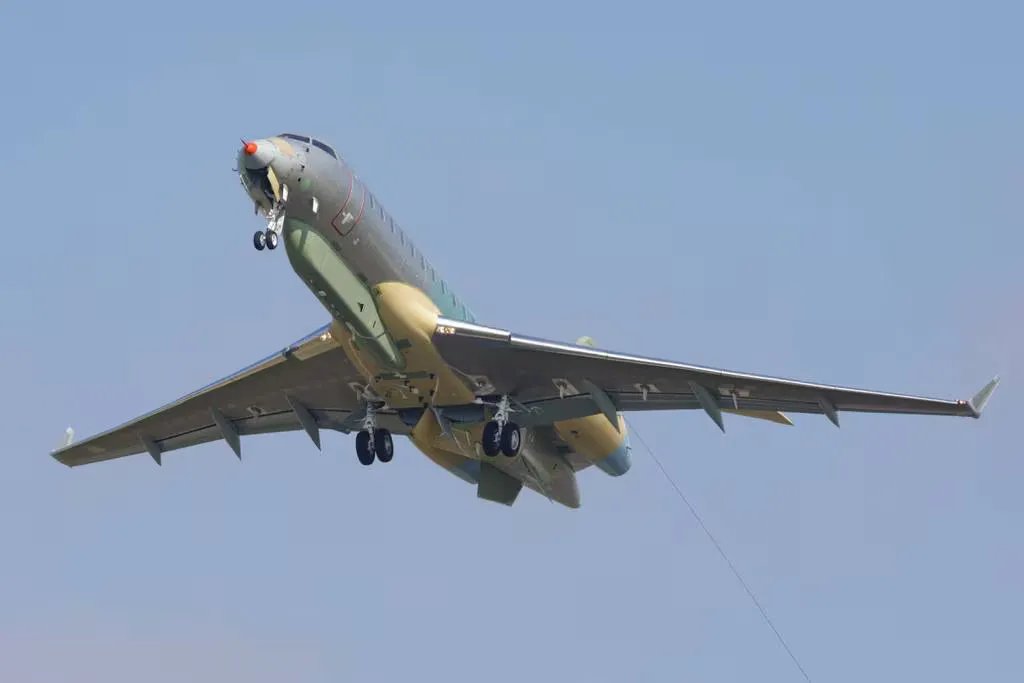
Meanwhile, a Leidos-owned Bombardier Challenger 650 is already being operated by the Army as the Airborne Reconnaissance and Targeting Exploitation Multi-Mission Intelligence System (ARTEMIS), while the L3Harris Airborne Reconnaissance and Electronic Warfare System (ARES) makes use of a Global 6000 airframe.
All these initiatives are expected to feed into the HADES program, helping define the final configuration of the aircraft and its sensors.
Today, the Army operates more than 40 different crewed fixed-wing ISR aircraft, including RC-12Xs, MC-12Ss, and EO-5Cs. With that in mind, it’s unclear to what degree these can all be replaced by the HADES, even if the Army buys the full 16 as has been suggested as a possibility.
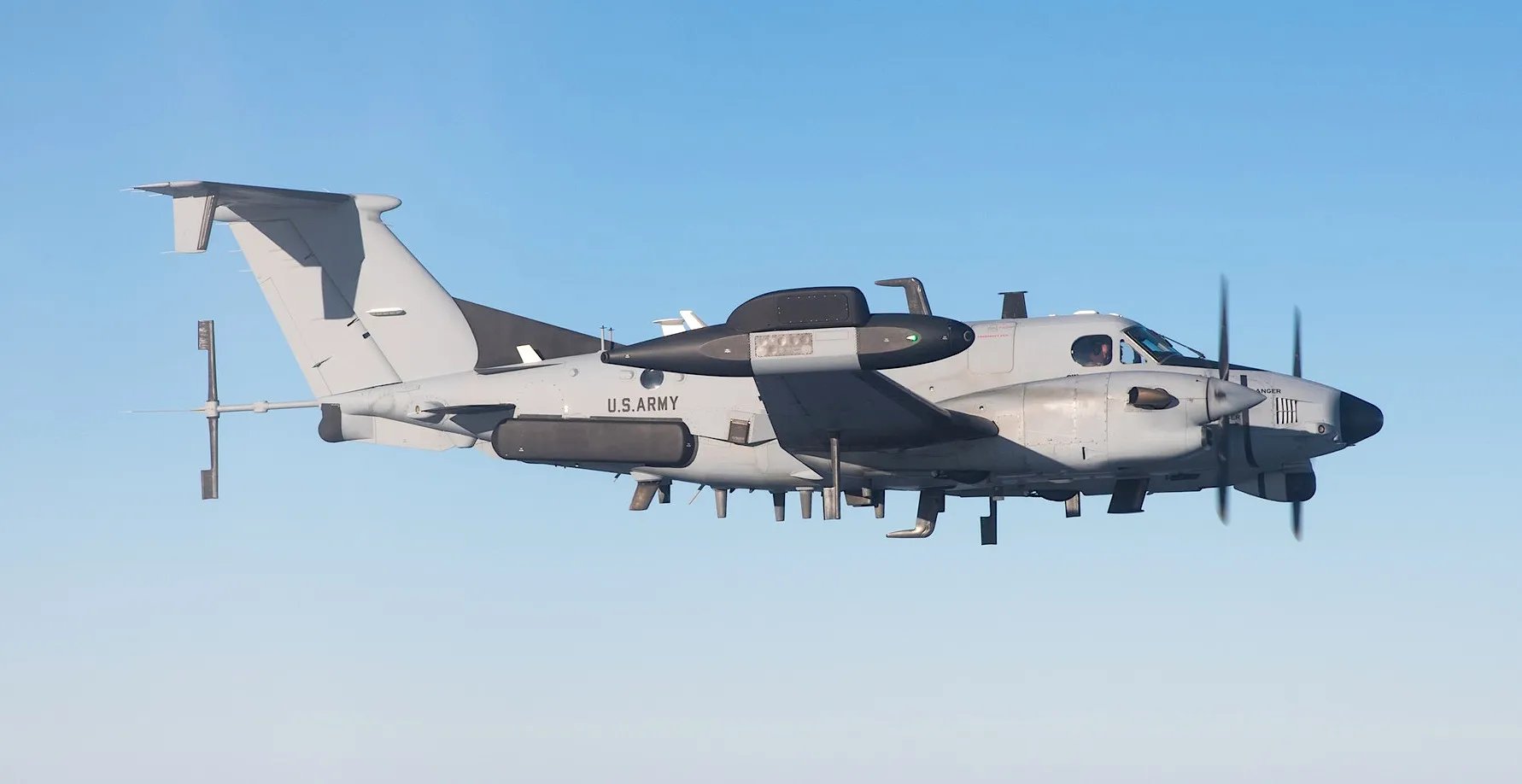
There are other questions, too, concerning the survivability of the HADES aircraft, especially in the kinds of high-end conflict that could be fought in the future against a near-peer adversary. After all, HADES, despite its performance advantage, is far from stealthy. Even with the improved capabilities of its sensors, it may very well have to get within range of longer-range air defense systems to gather intelligence. Deeply integrating it with a larger force will be key to its survivability, if it can survive at all in some circumstances.
On the other hand, HADES is also just one element of a broader ISR architecture that the Army is now developing. This is a family of systems known as the Multi-Domain Sensing System (MDSS) and will likely include various uncrewed platforms, including high-altitude glider-like drones and balloons designed to operate in the stratosphere.
Exactly when the Army will start to receive any of the planned MDSS capabilities is unclear and the timeline for the conversion of the HADES aircraft also remains unclear at this point.
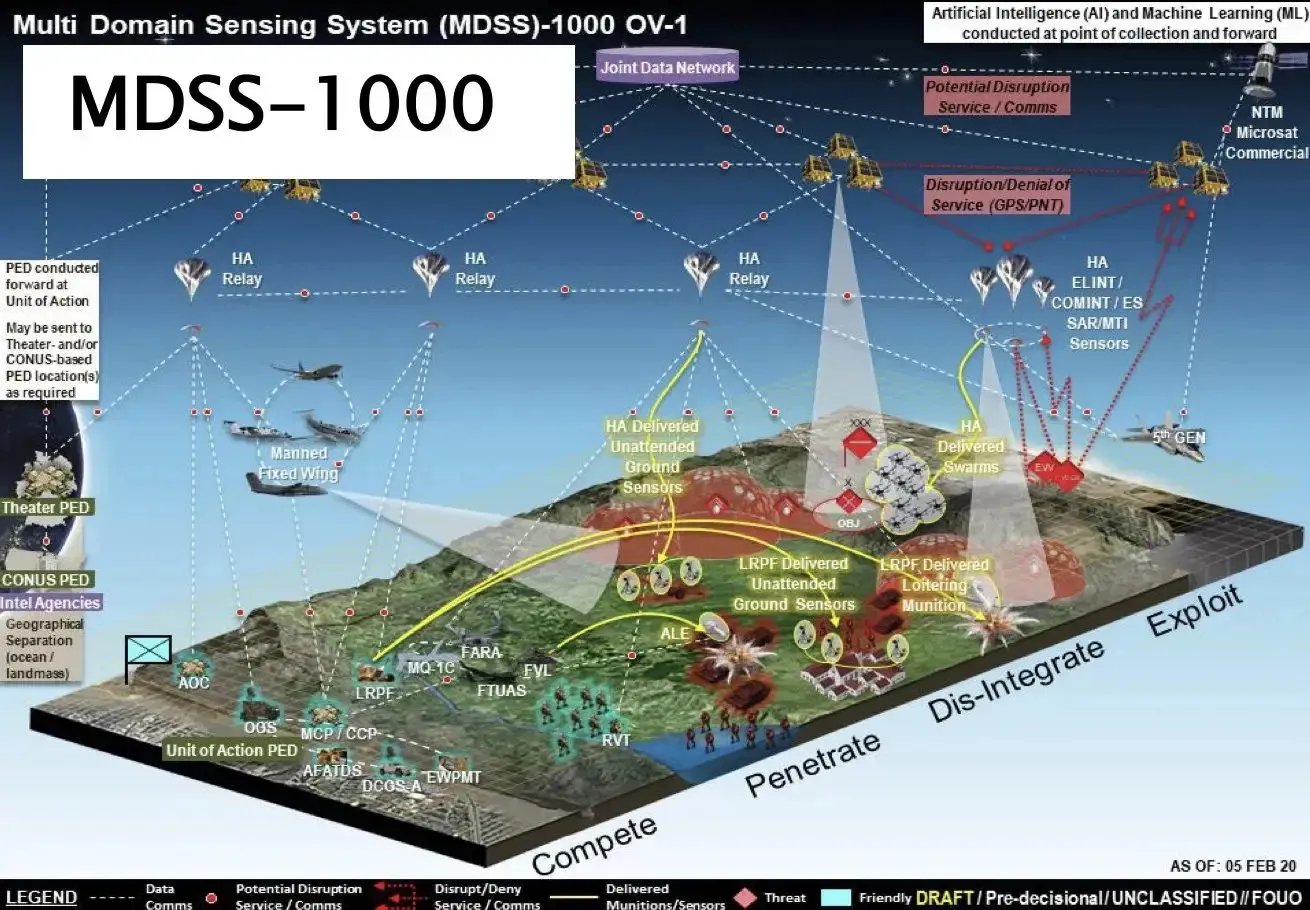
Last month, it was reported that L3Harris had protested the Army’s decision to award SNC the contract to conduct integration work on the HADES.
“We carefully reviewed the information during the Army’s debrief process, which led us to challenge the HADES decision and request further analysis to ensure the proposal received an equitable evaluation,” an L3Harris spokesperson told Breaking Defense in a statement. “Our goal remains to ensure that mission operators receive the lowest risk and most capable solution available for an increasingly complex security environment,” they added.
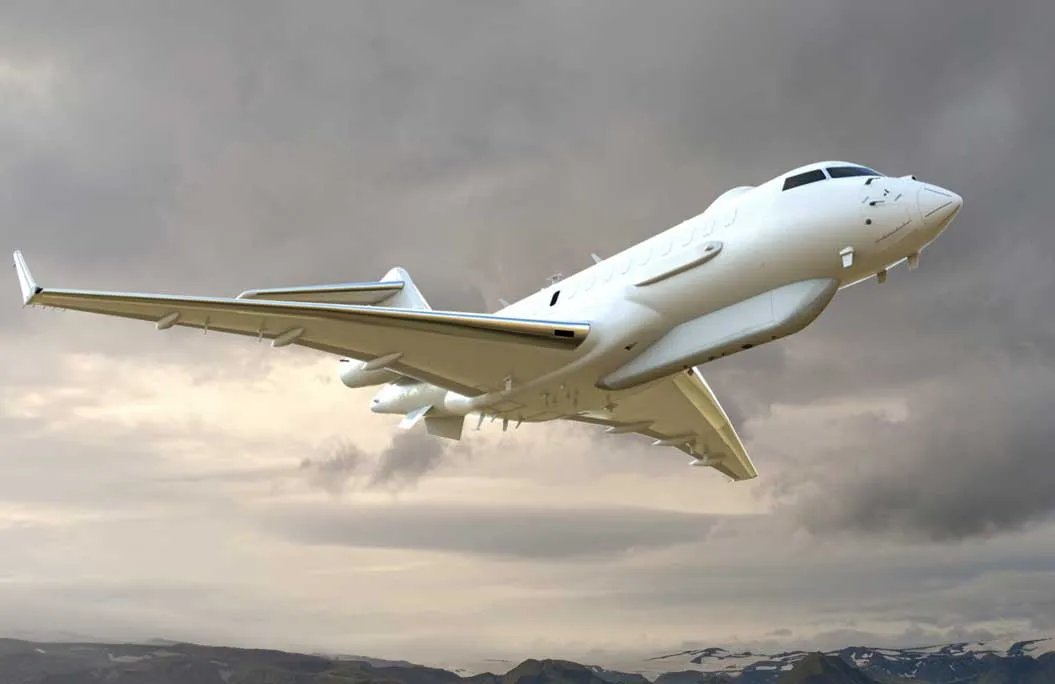
The formal protest means the U.S. Government Accountability Office is now reviewing the Army’s contract decision, something that is expected to delay work on the HADES program.
SNC says the protest is over a “minor administrative issue” and that it’s not technical in nature.
Speaking today, Evans admitted that “we’re in a hole,” but said it was not unexpected. “When you’re dealing with a potentially multi-billion dollar program like HADES, you would expect that your proposal was fully vetted, fully reviewed. And that’s what industry is doing at this point, they’ve asked the GAO to look at that just to make sure that all t’s were crossed and i’s were dotted. And we welcome that, because that’s what keeps us on the right side of these contracts.”
The GAO is due to deliver its verdict before Dec. 26.
While there are likely more hurdles ahead of it, today’s delivery of the first HADES prototype is a significant milestone, as the Army looks forward to introducing its next-generation crewed fixed-wing ISR jet.
Contact the author: thomas@thewarzone.com
